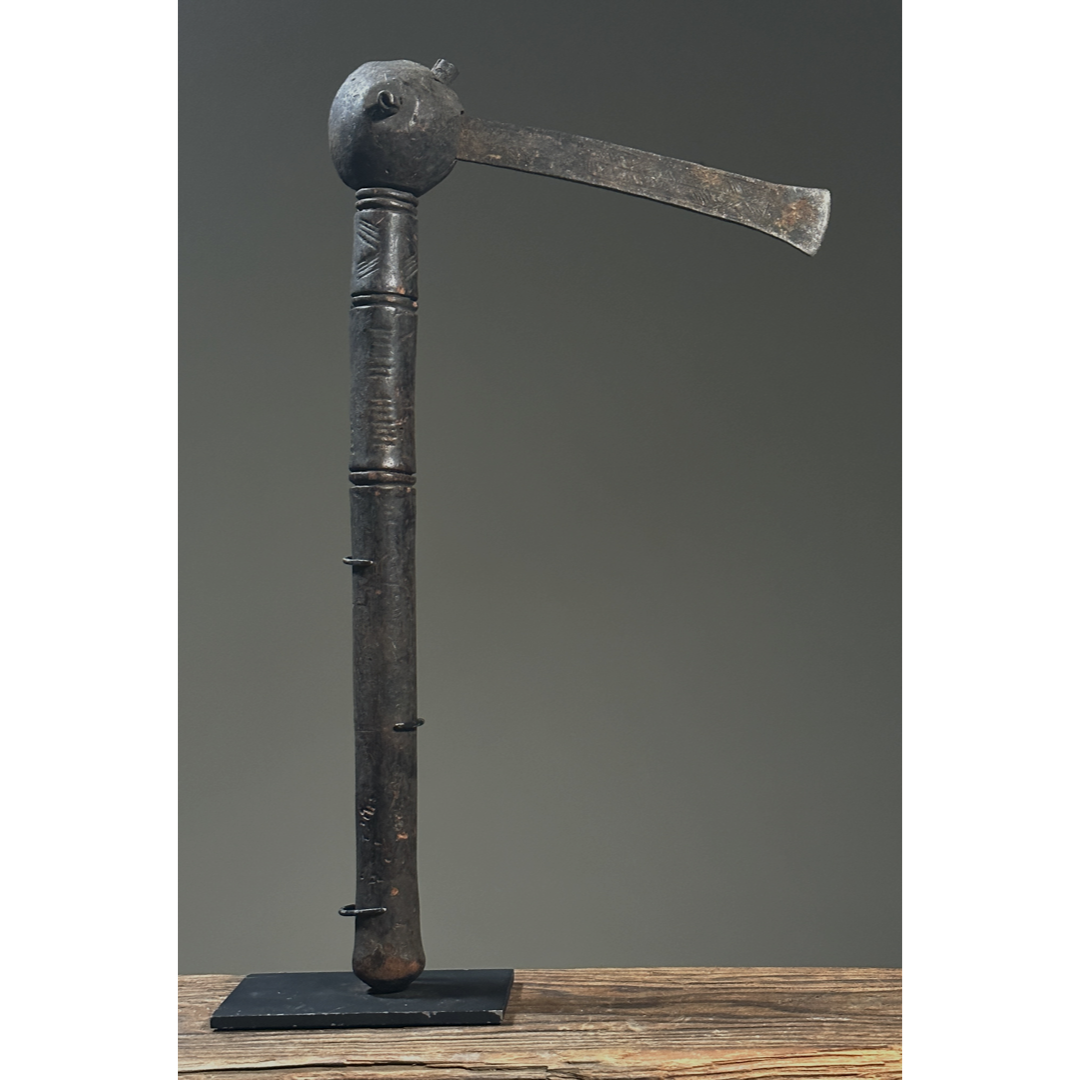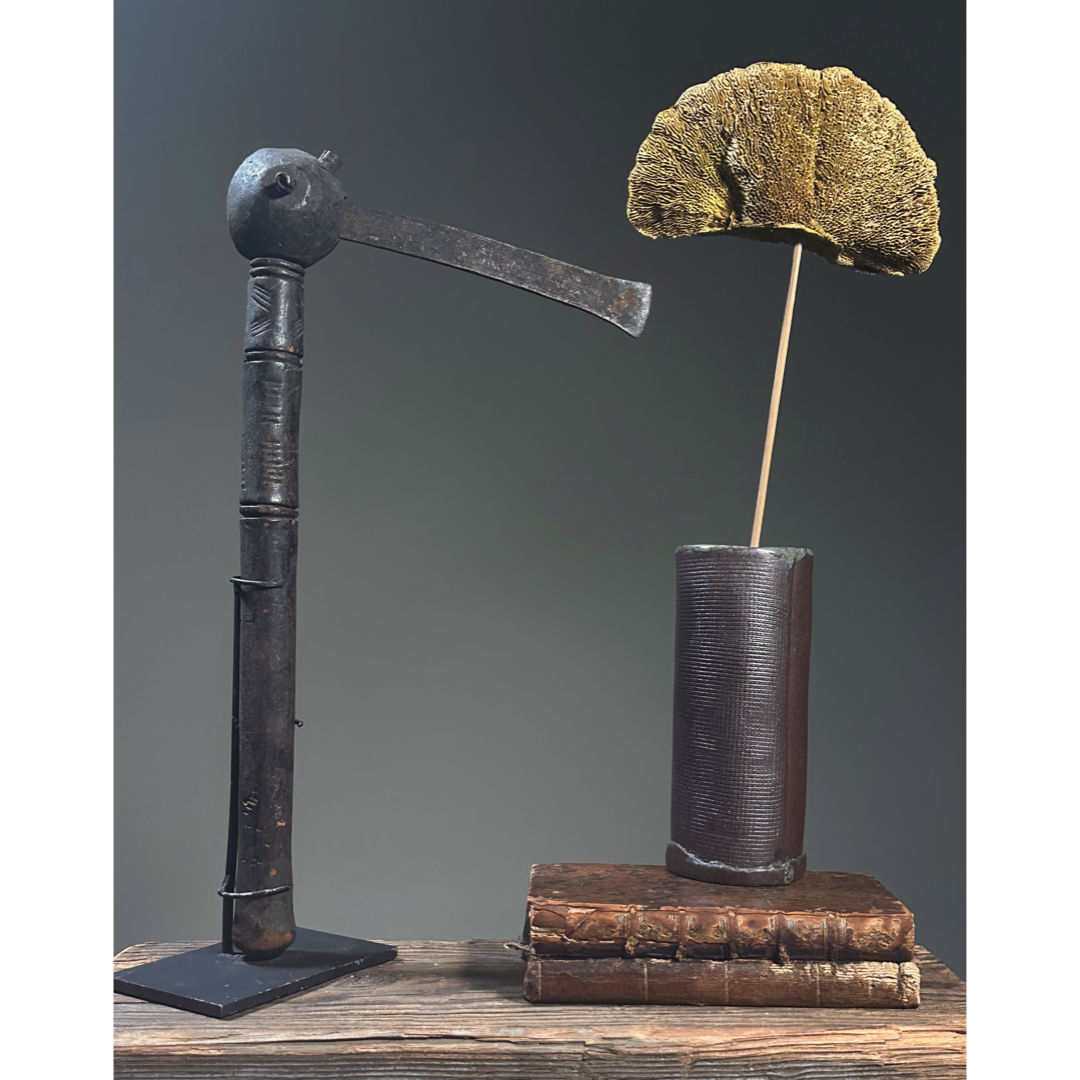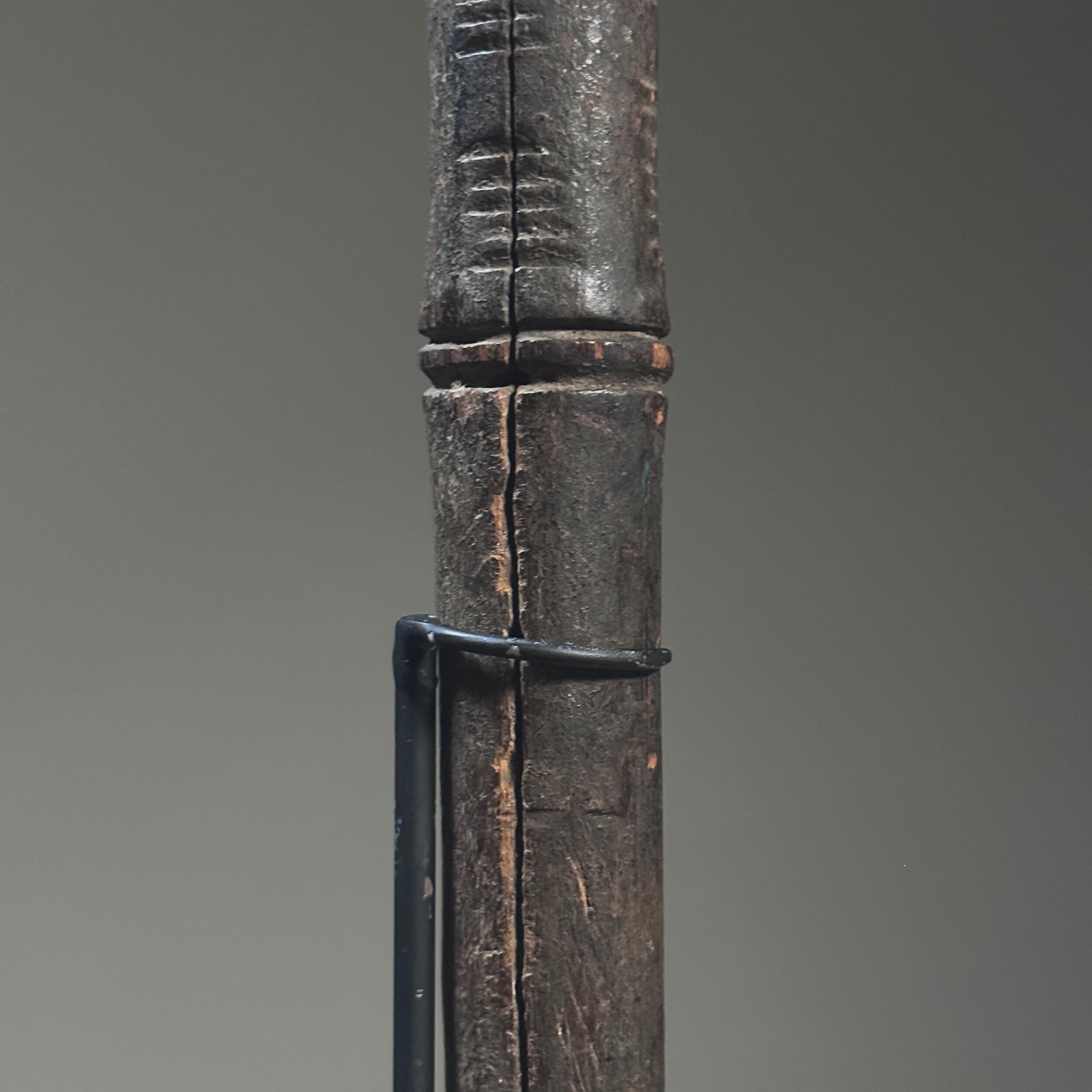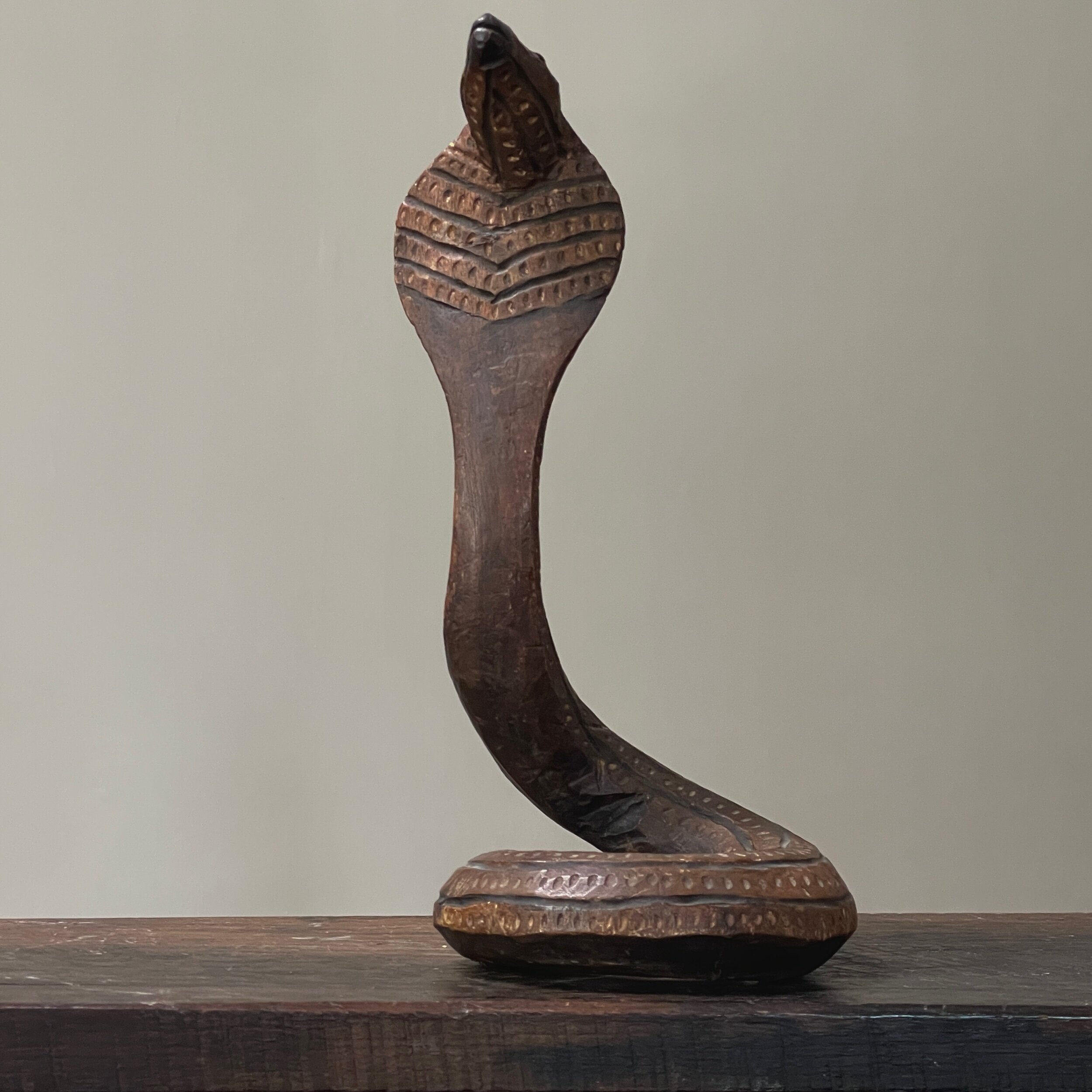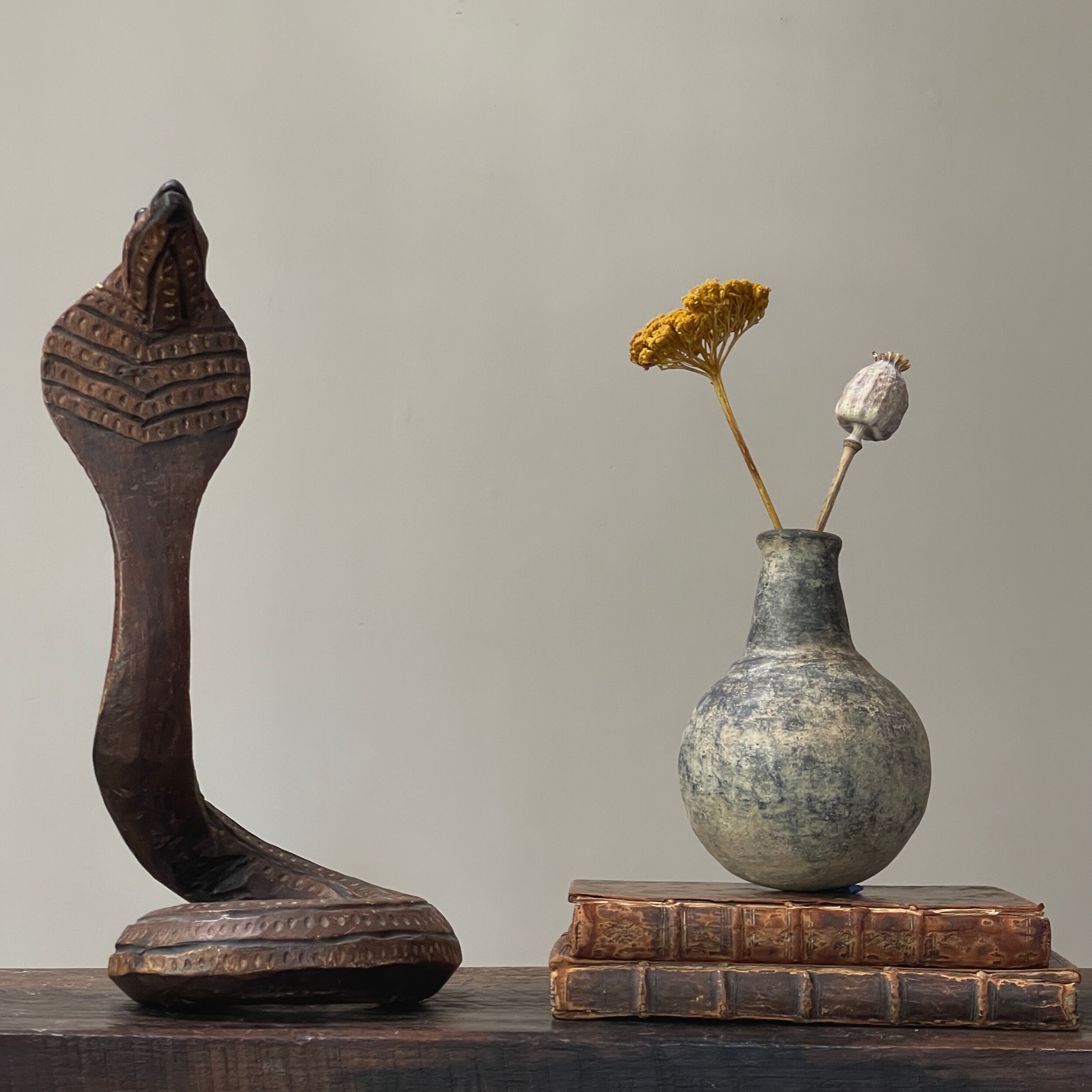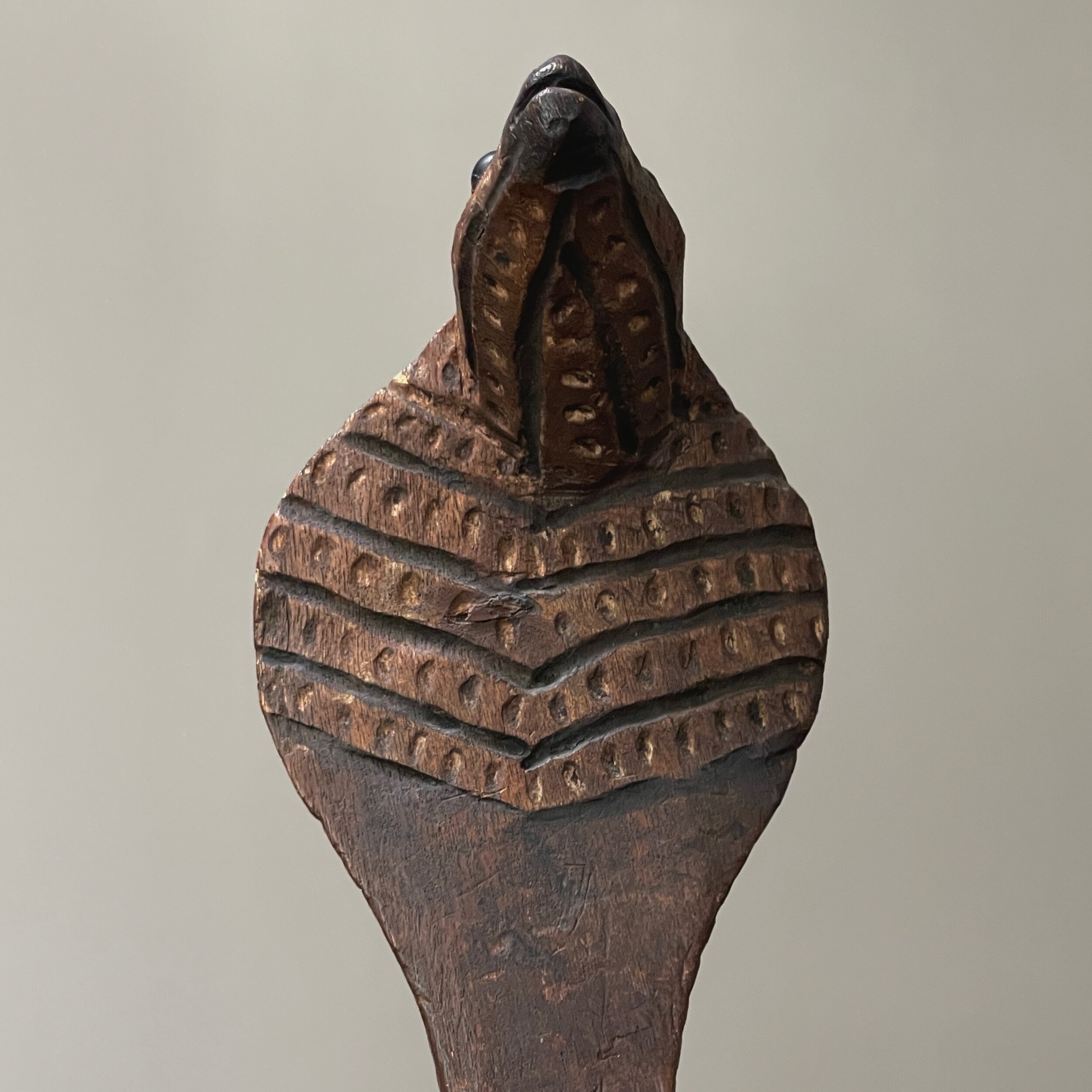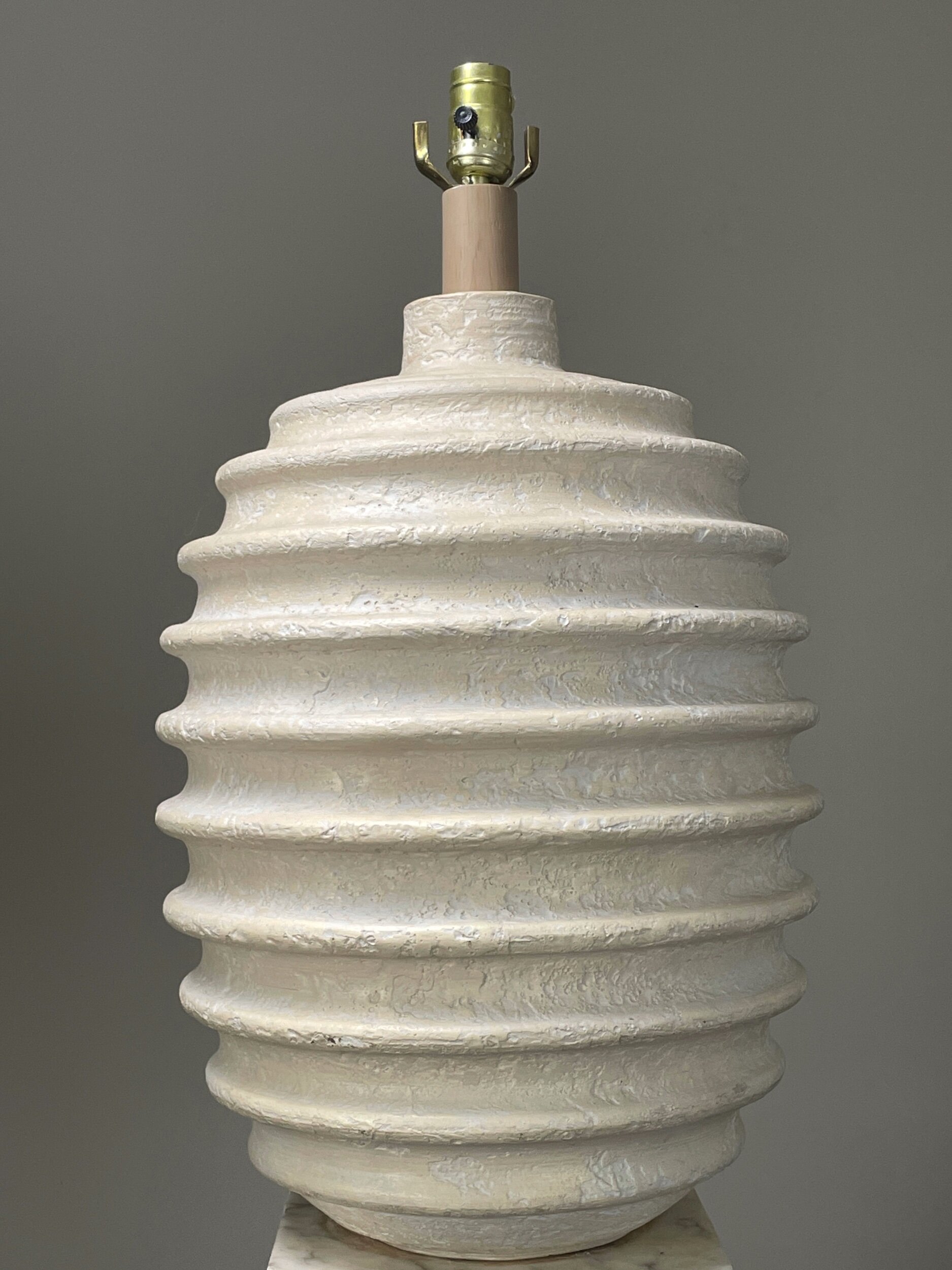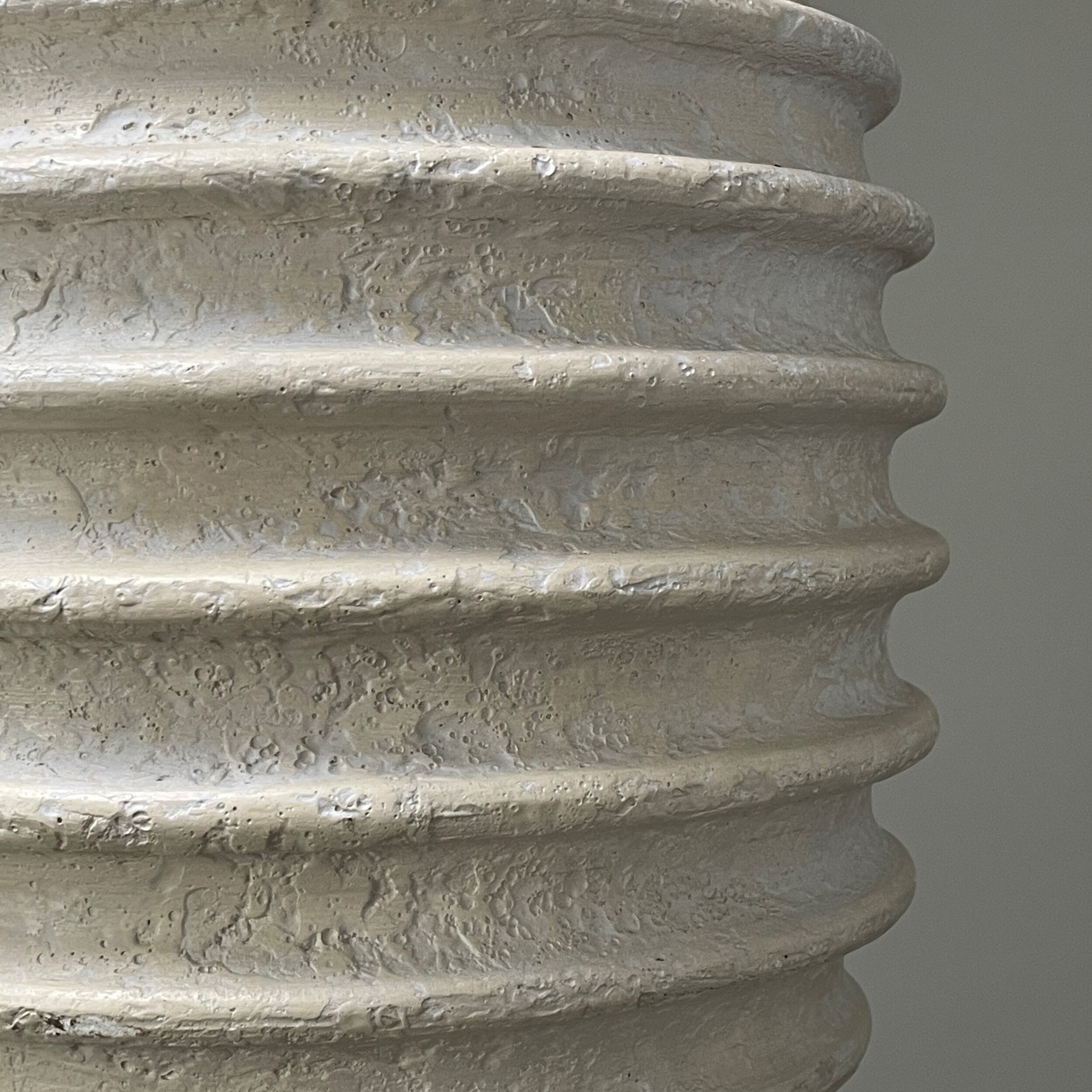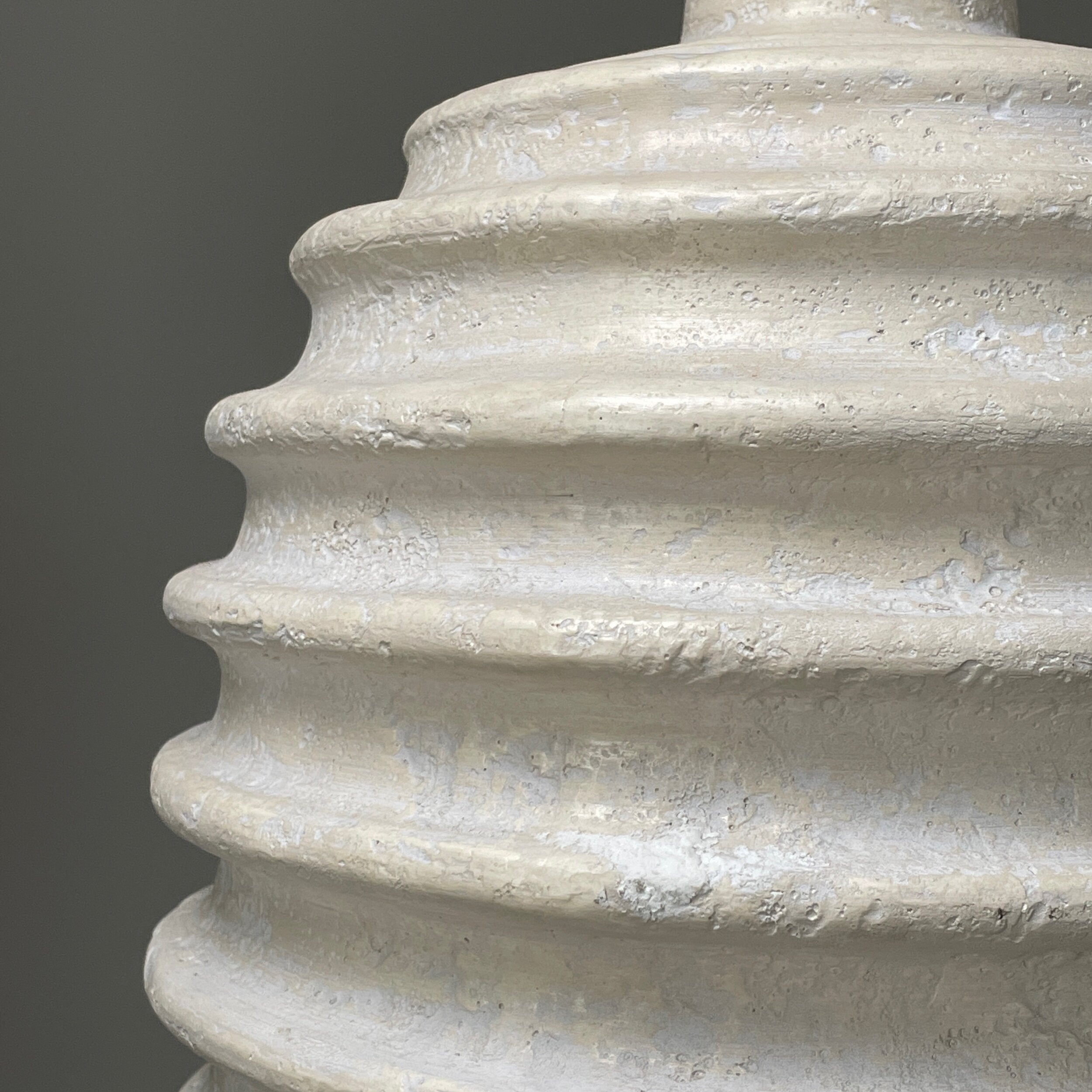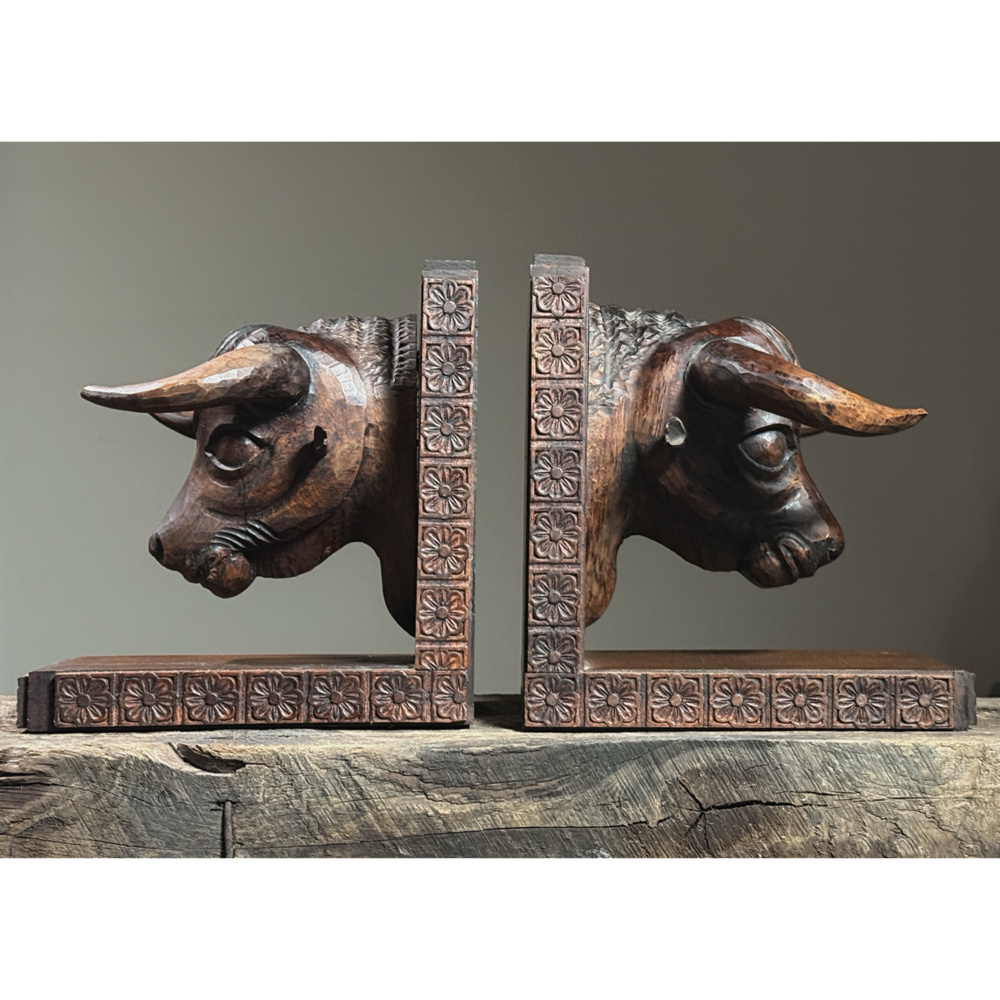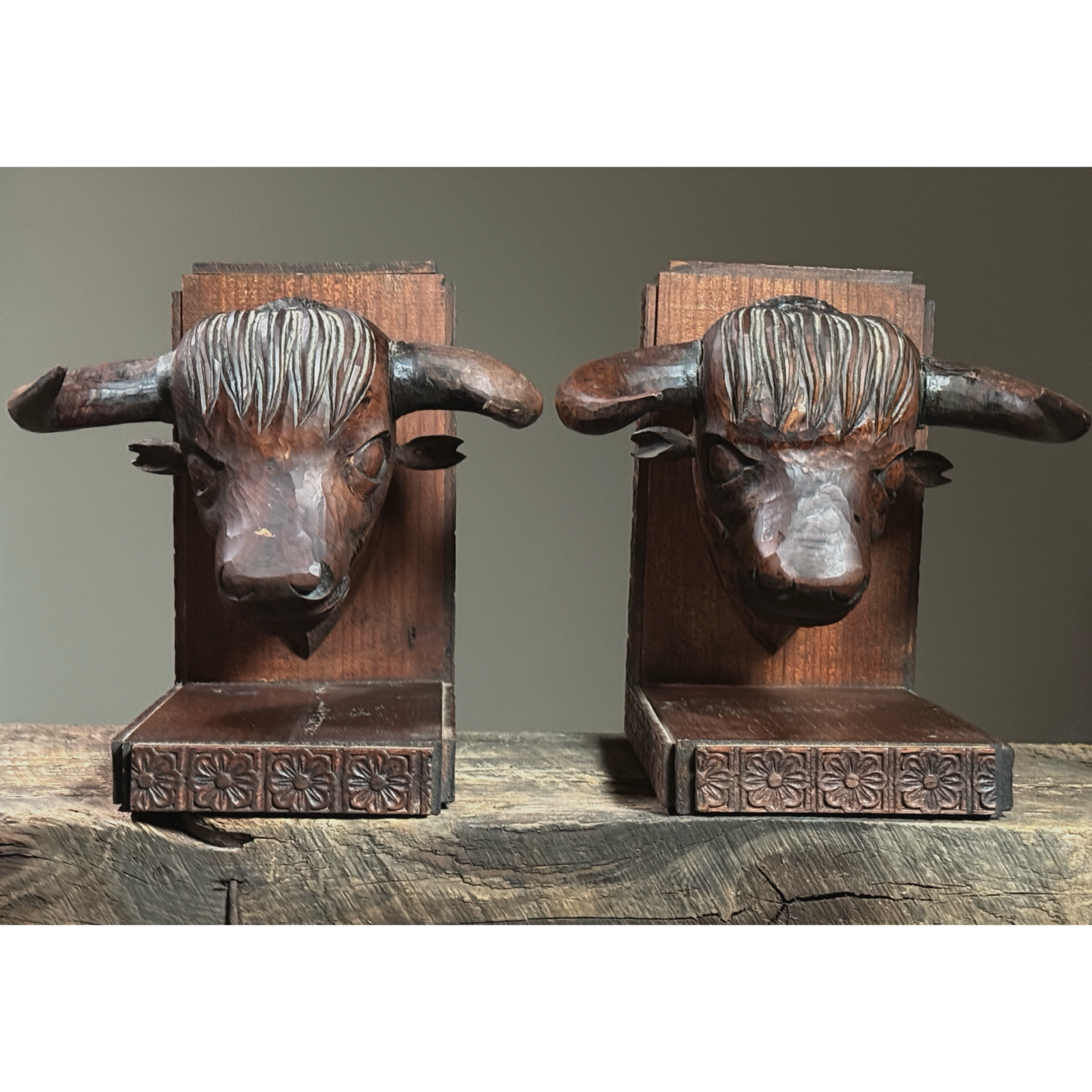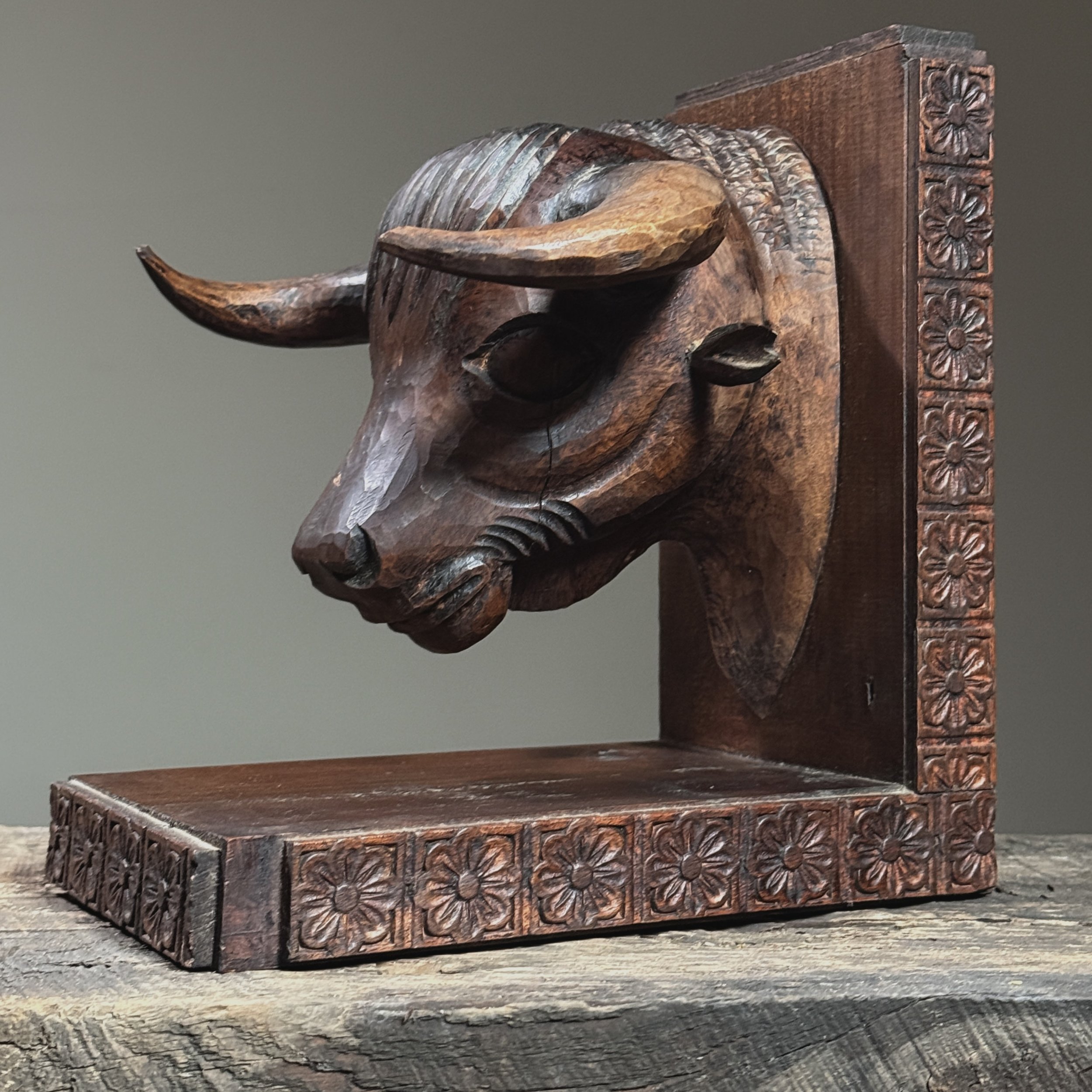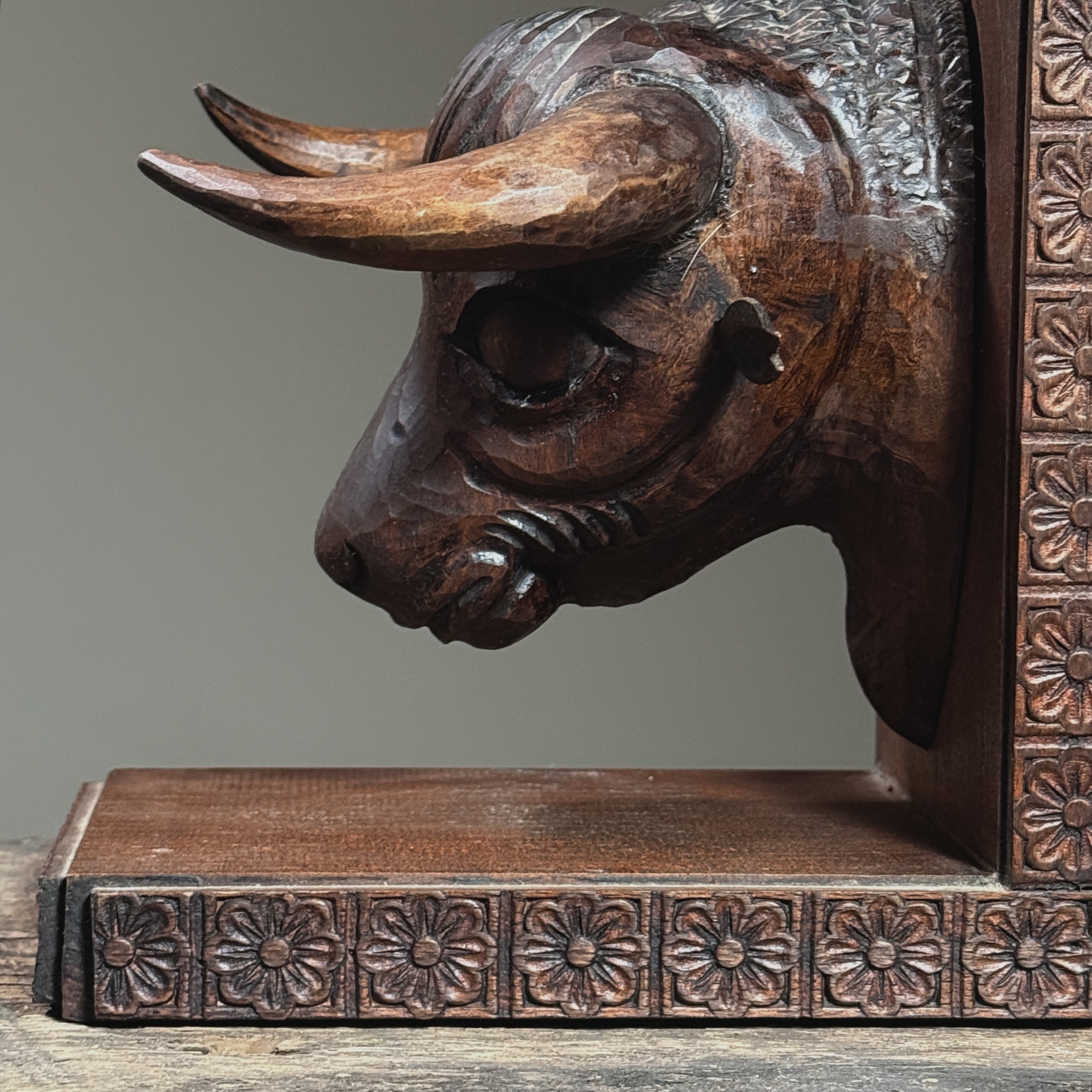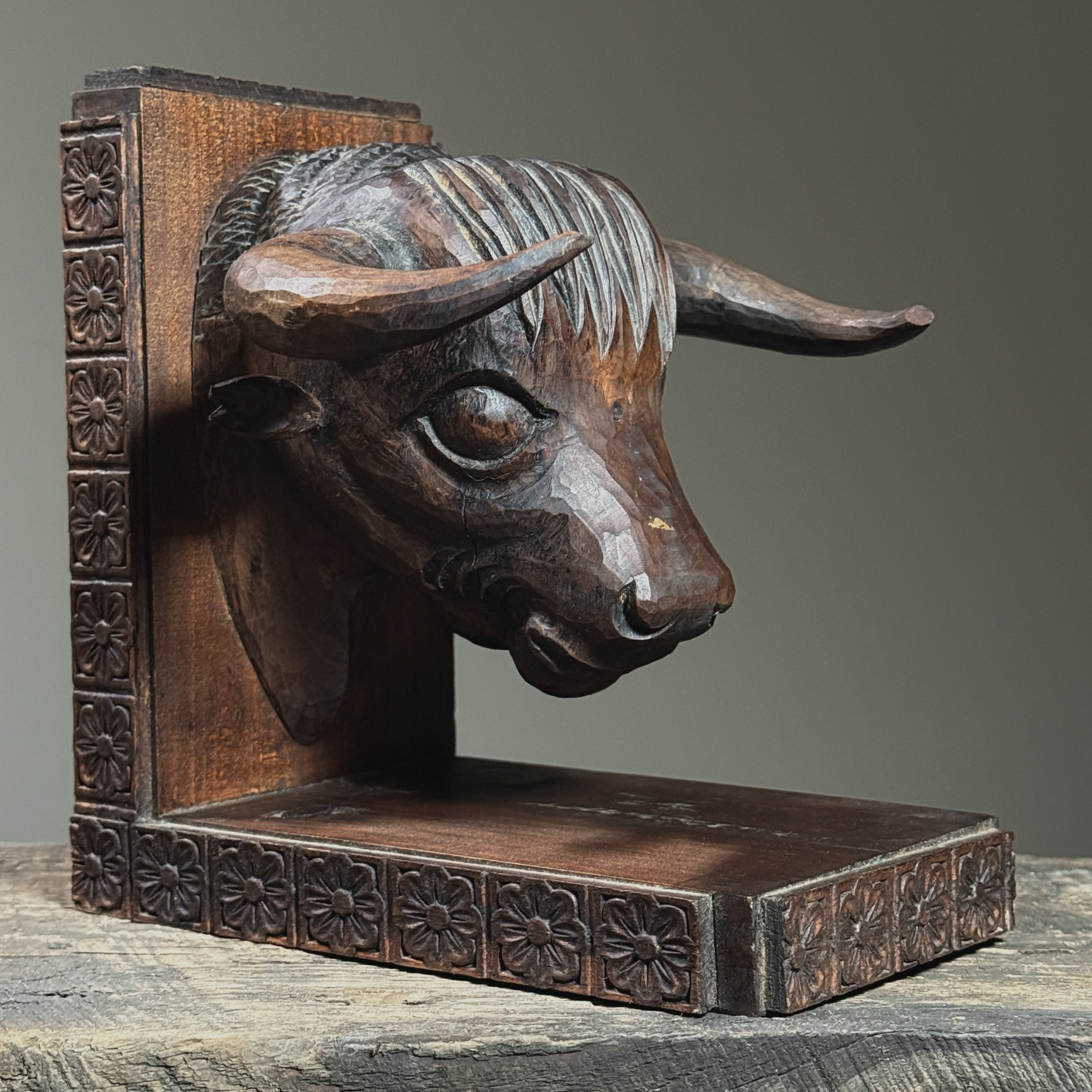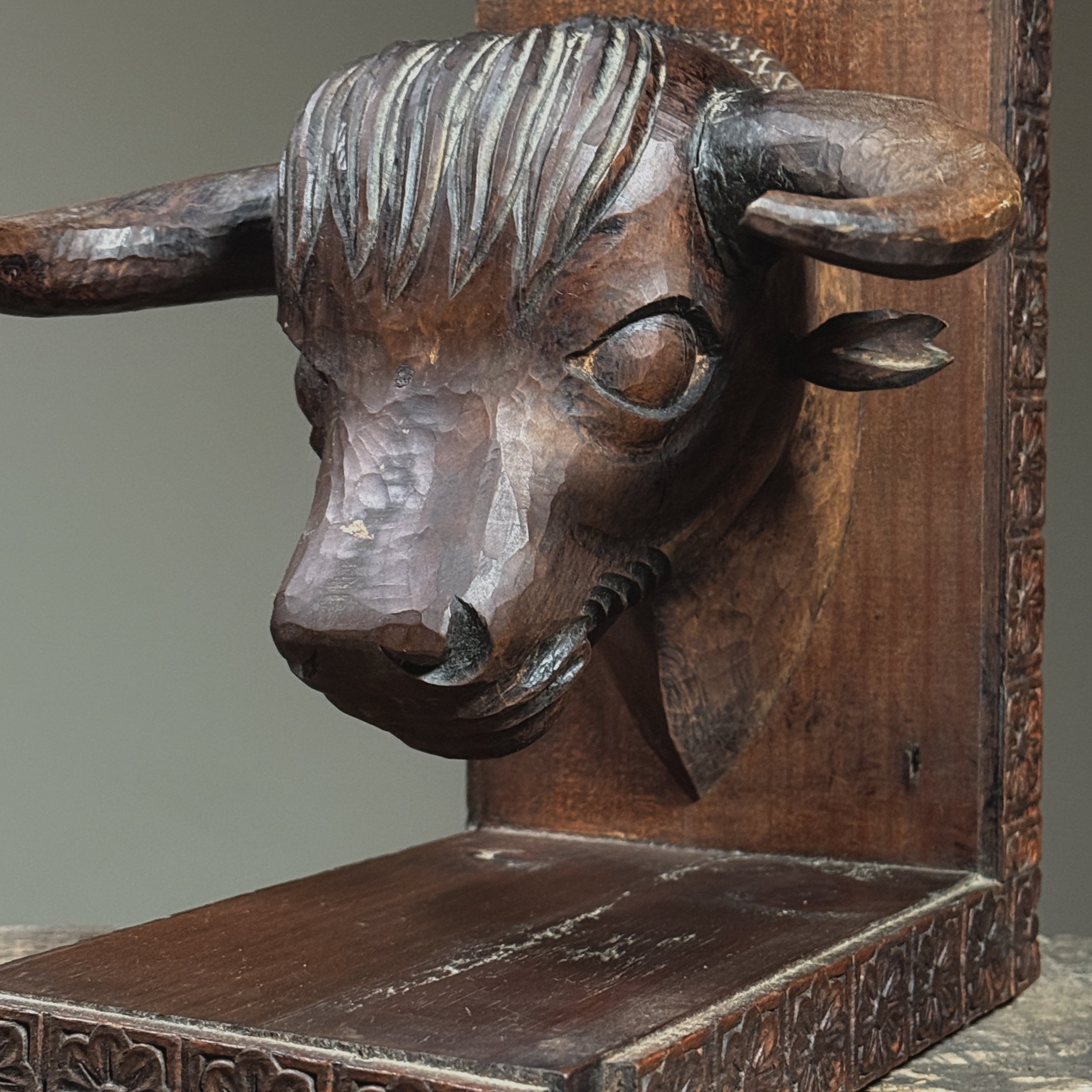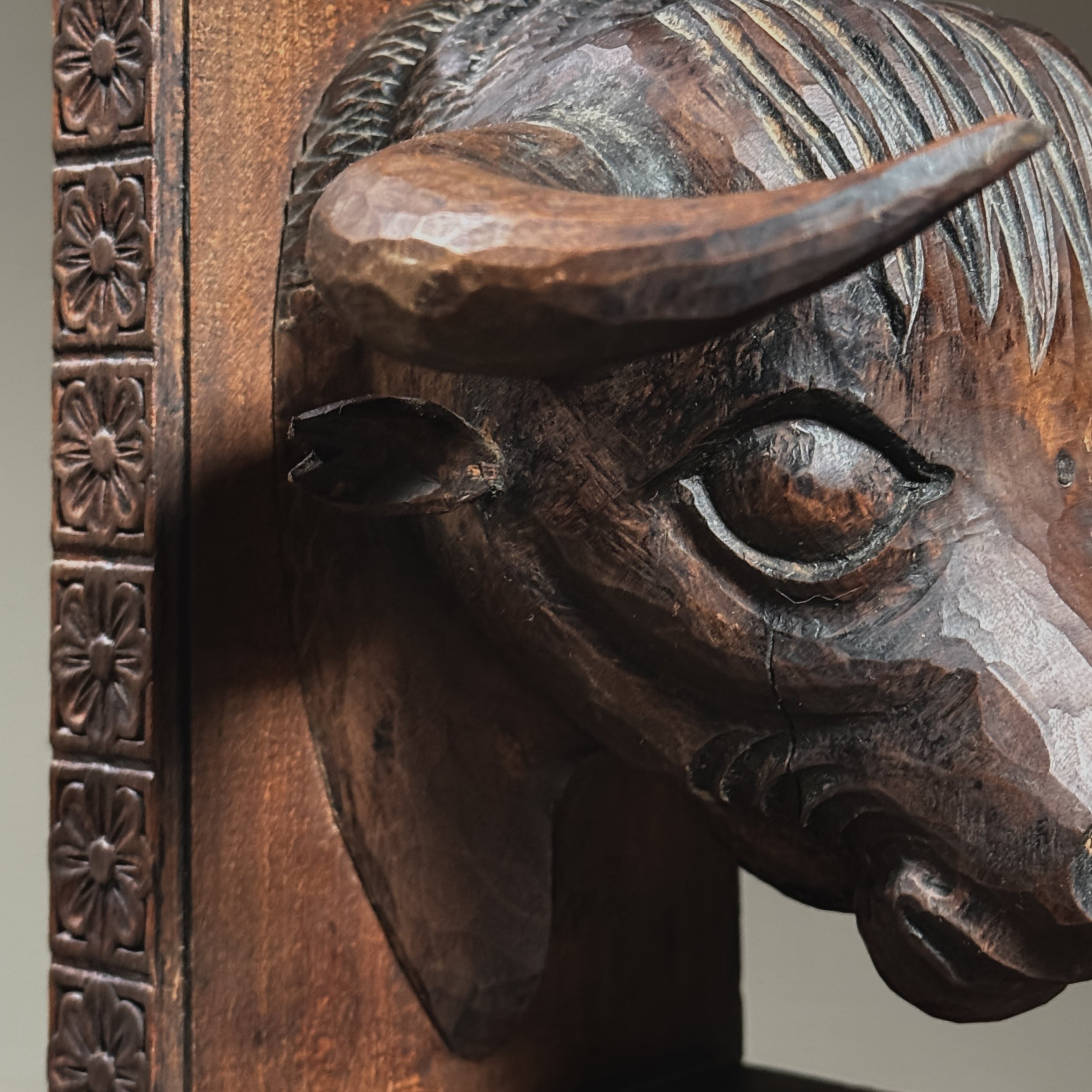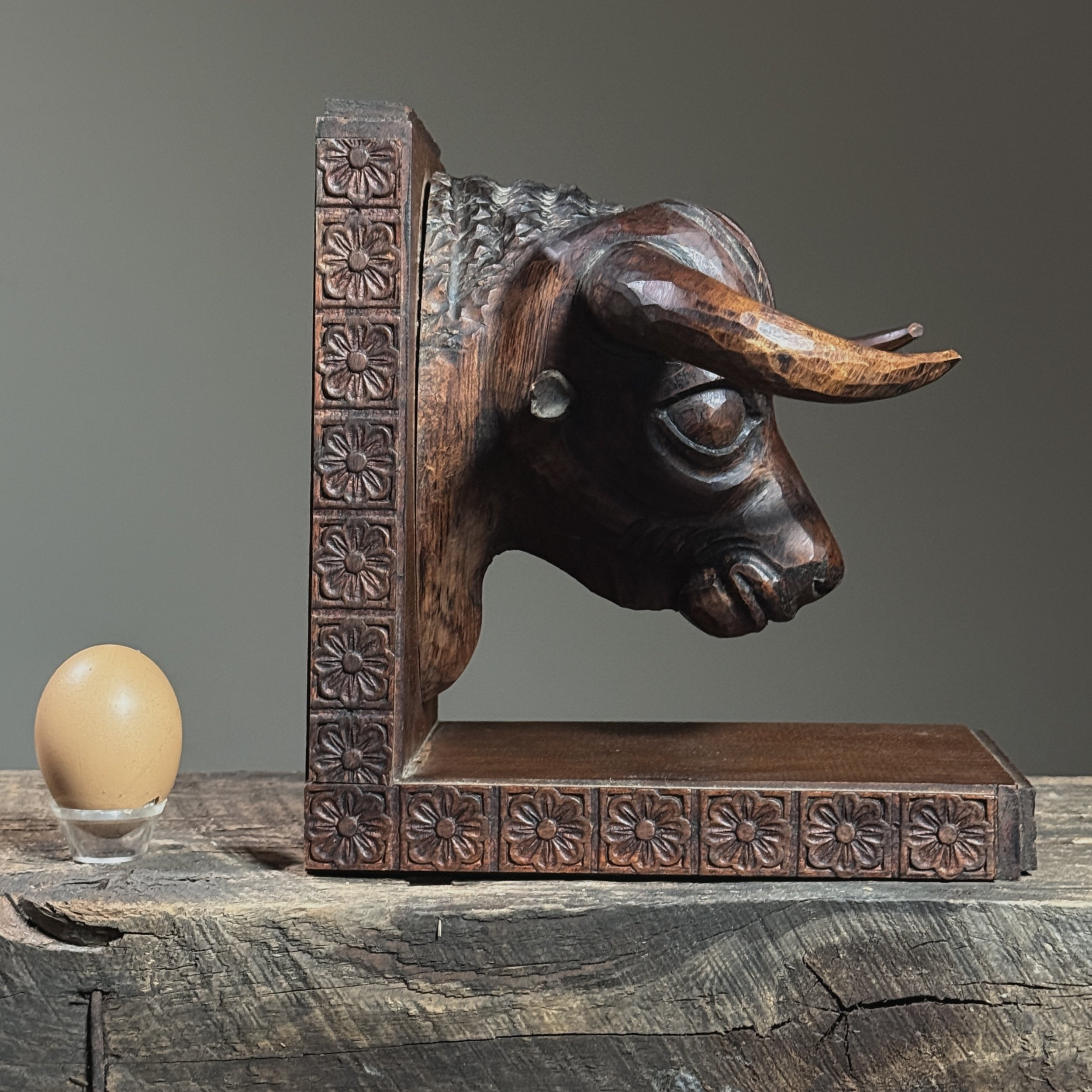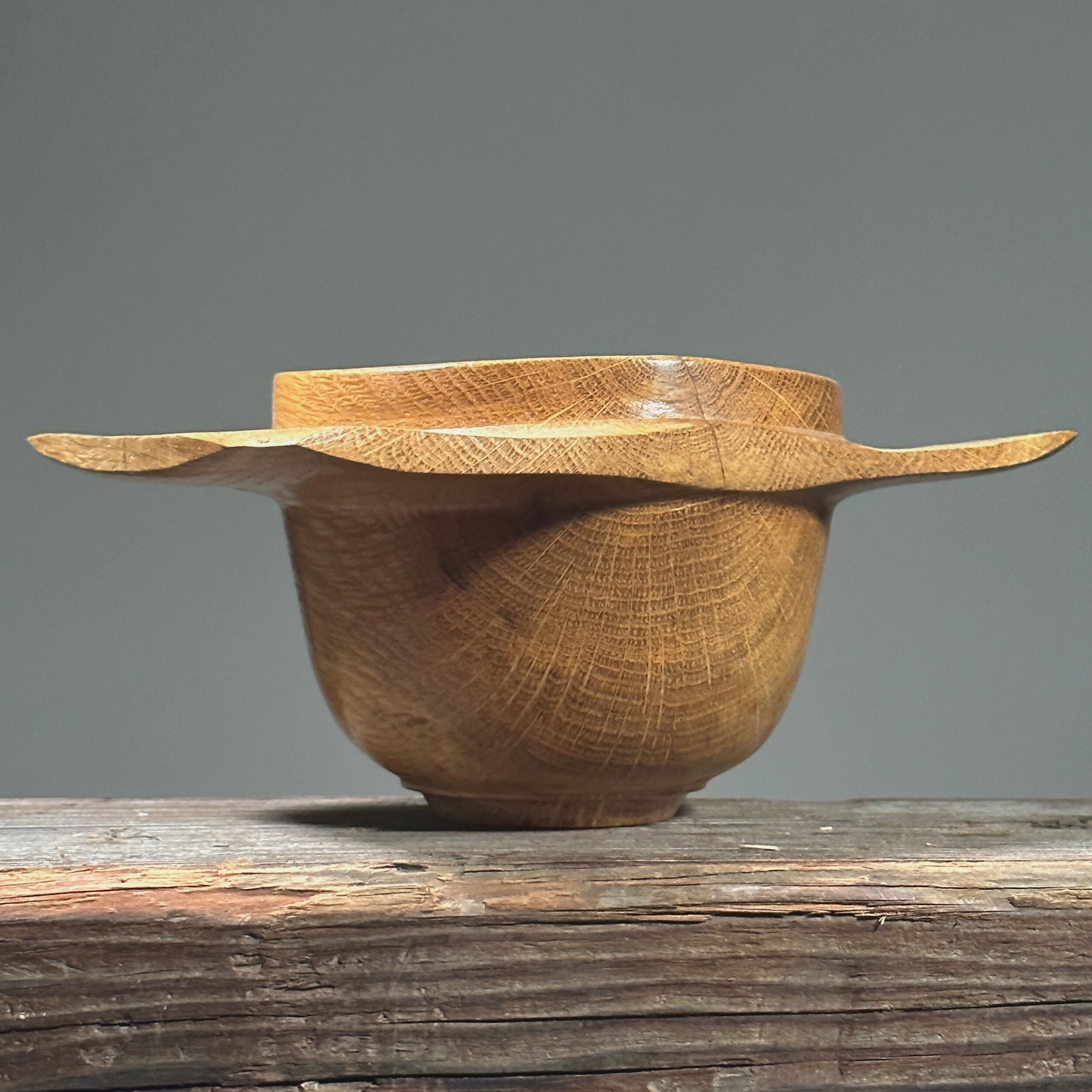 Image 1 of 11
Image 1 of 11

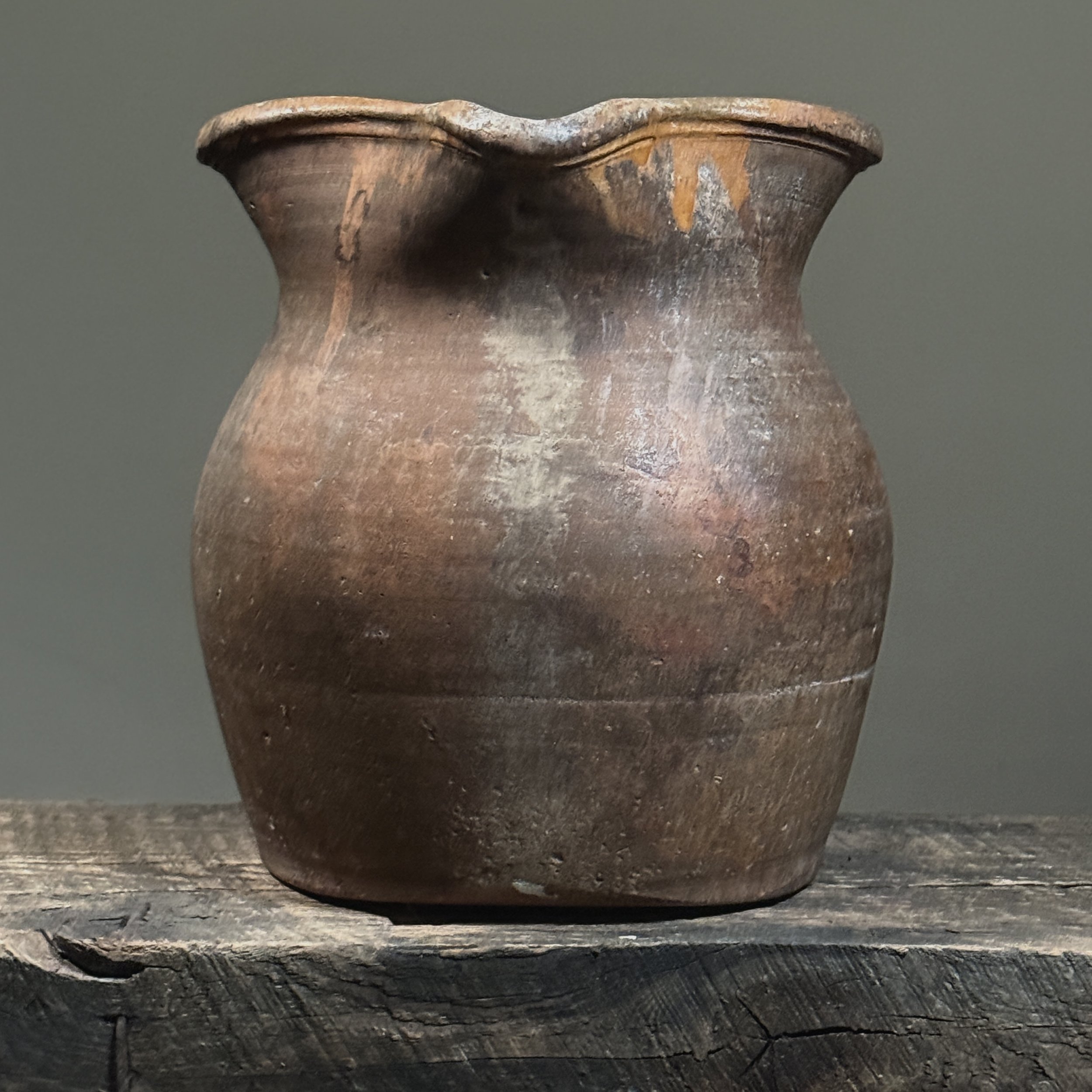 Image 2 of 11
Image 2 of 11

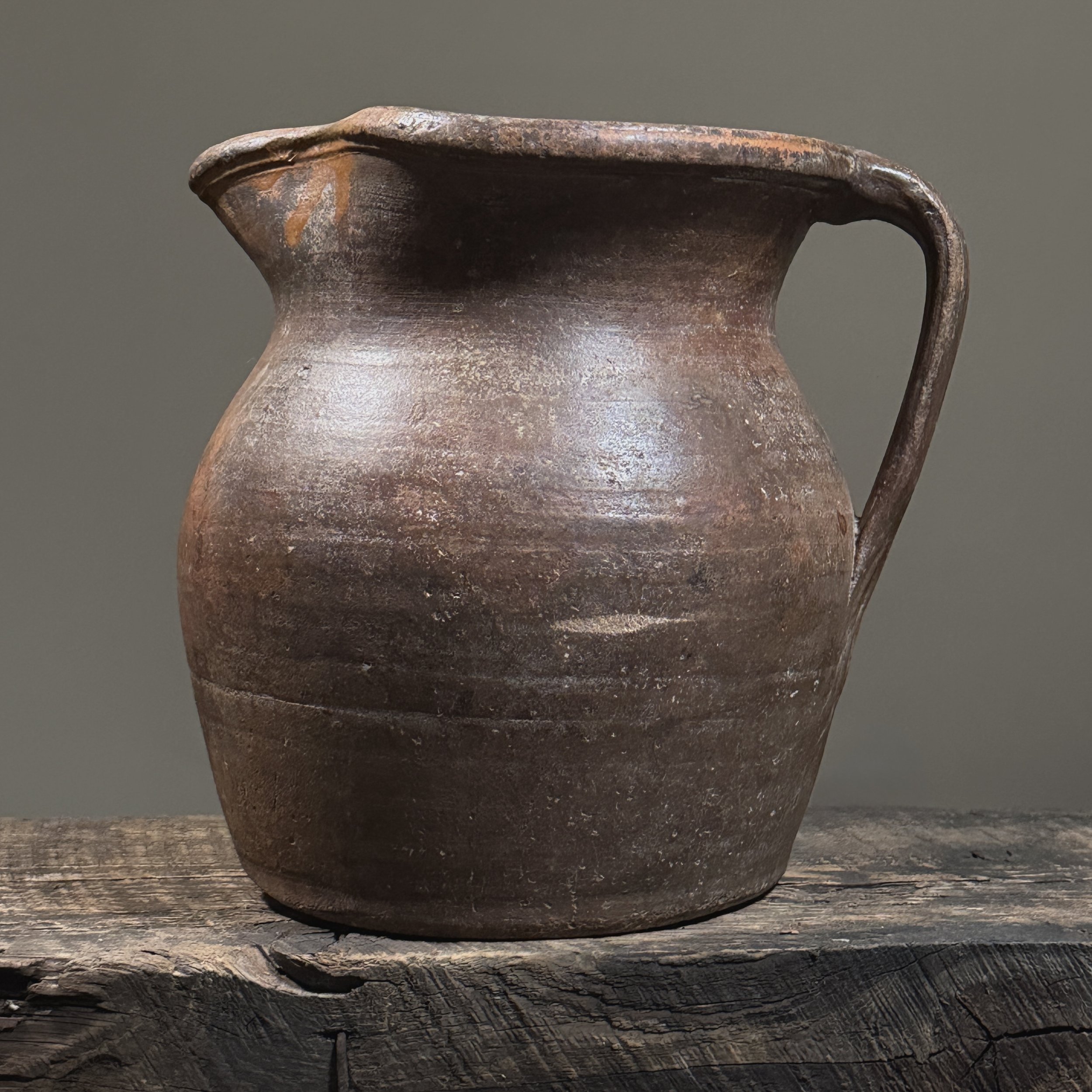 Image 3 of 11
Image 3 of 11

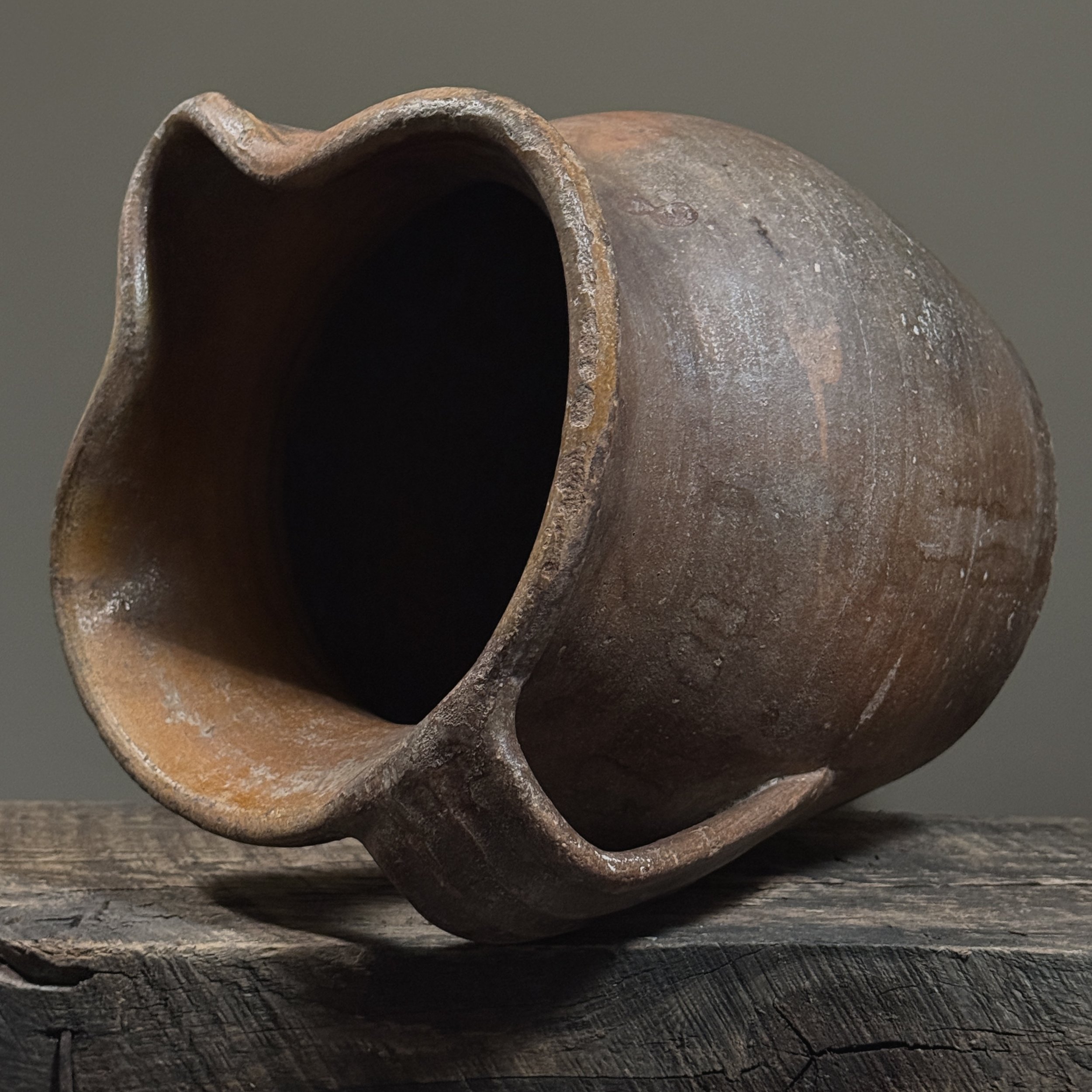 Image 4 of 11
Image 4 of 11

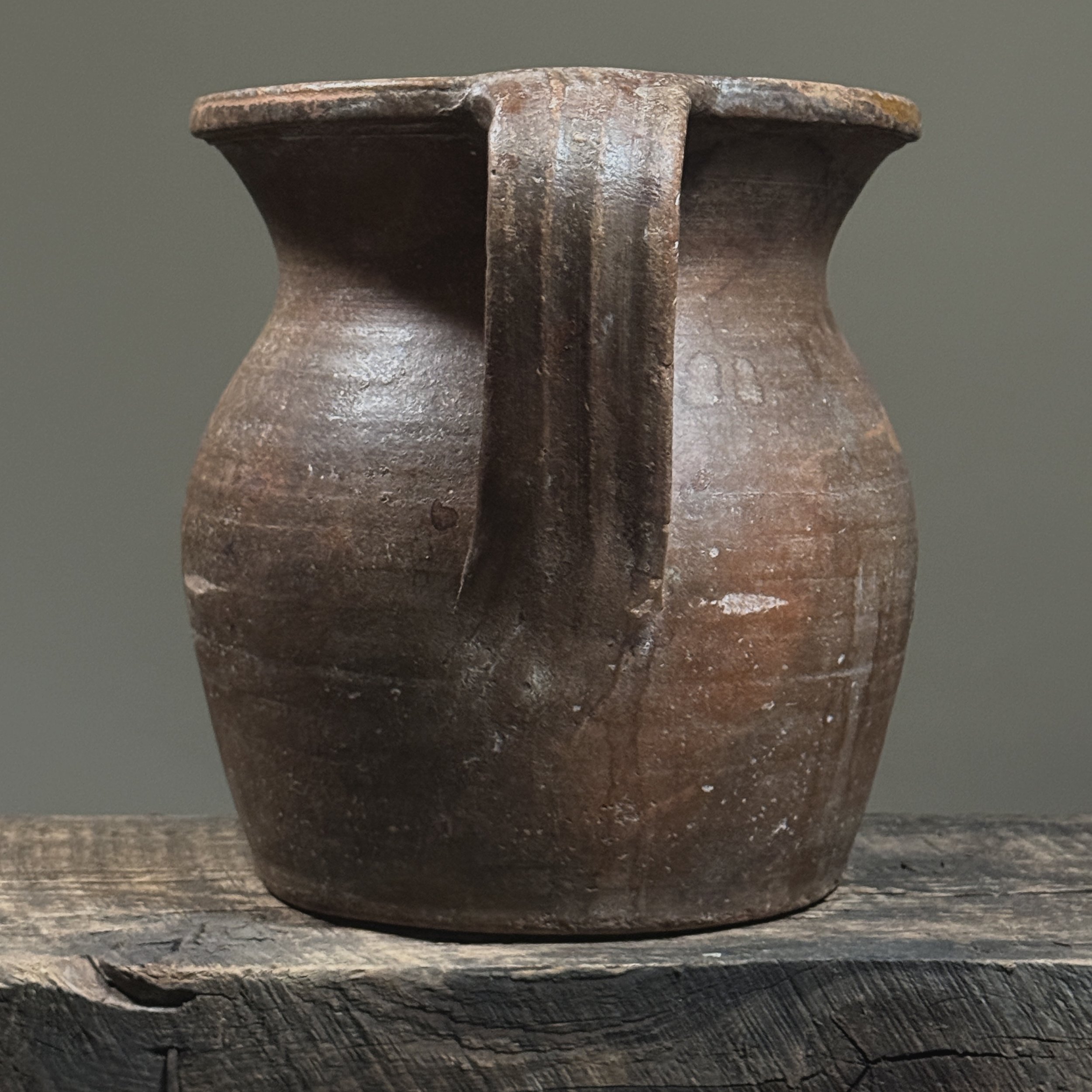 Image 5 of 11
Image 5 of 11

 Image 6 of 11
Image 6 of 11

 Image 7 of 11
Image 7 of 11

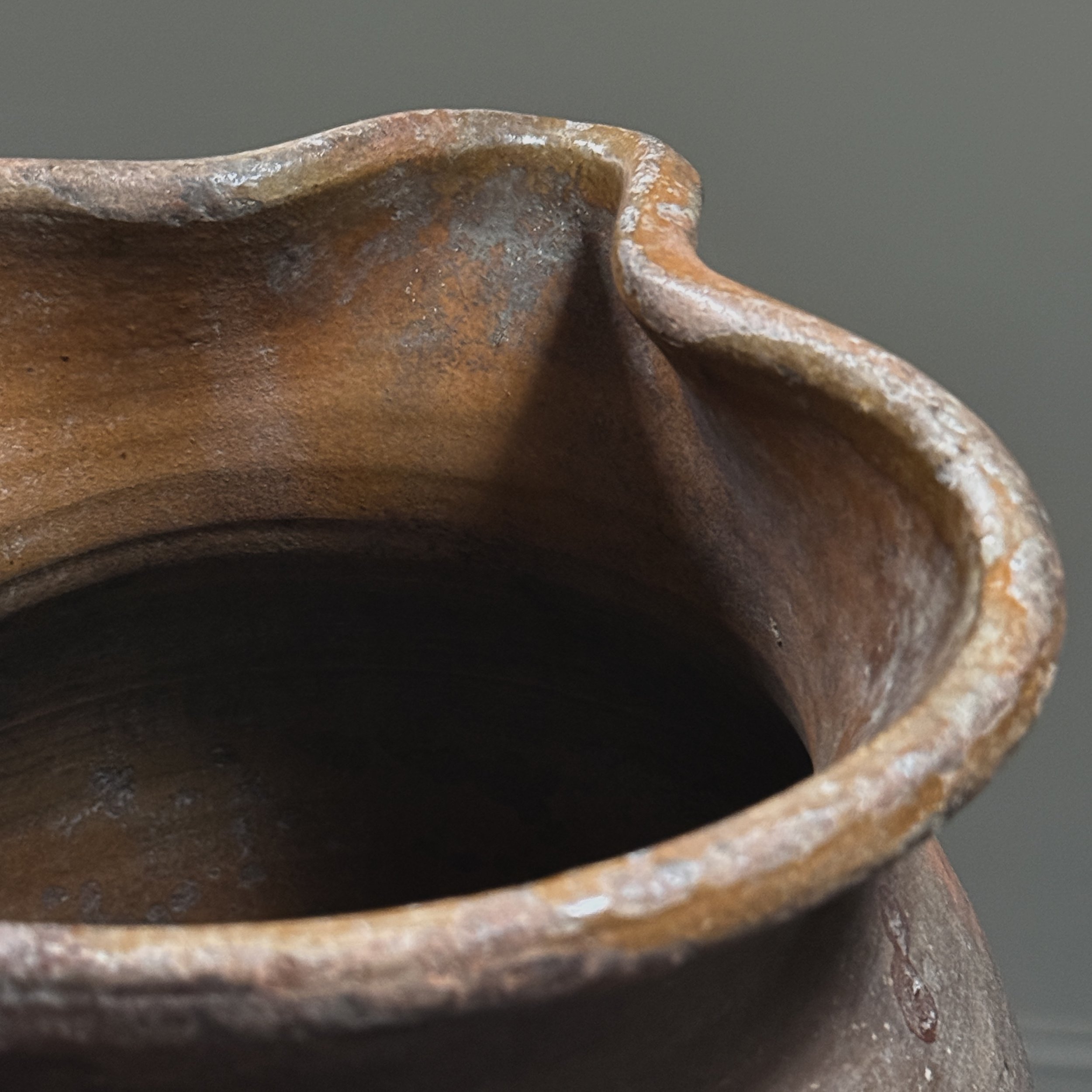 Image 8 of 11
Image 8 of 11

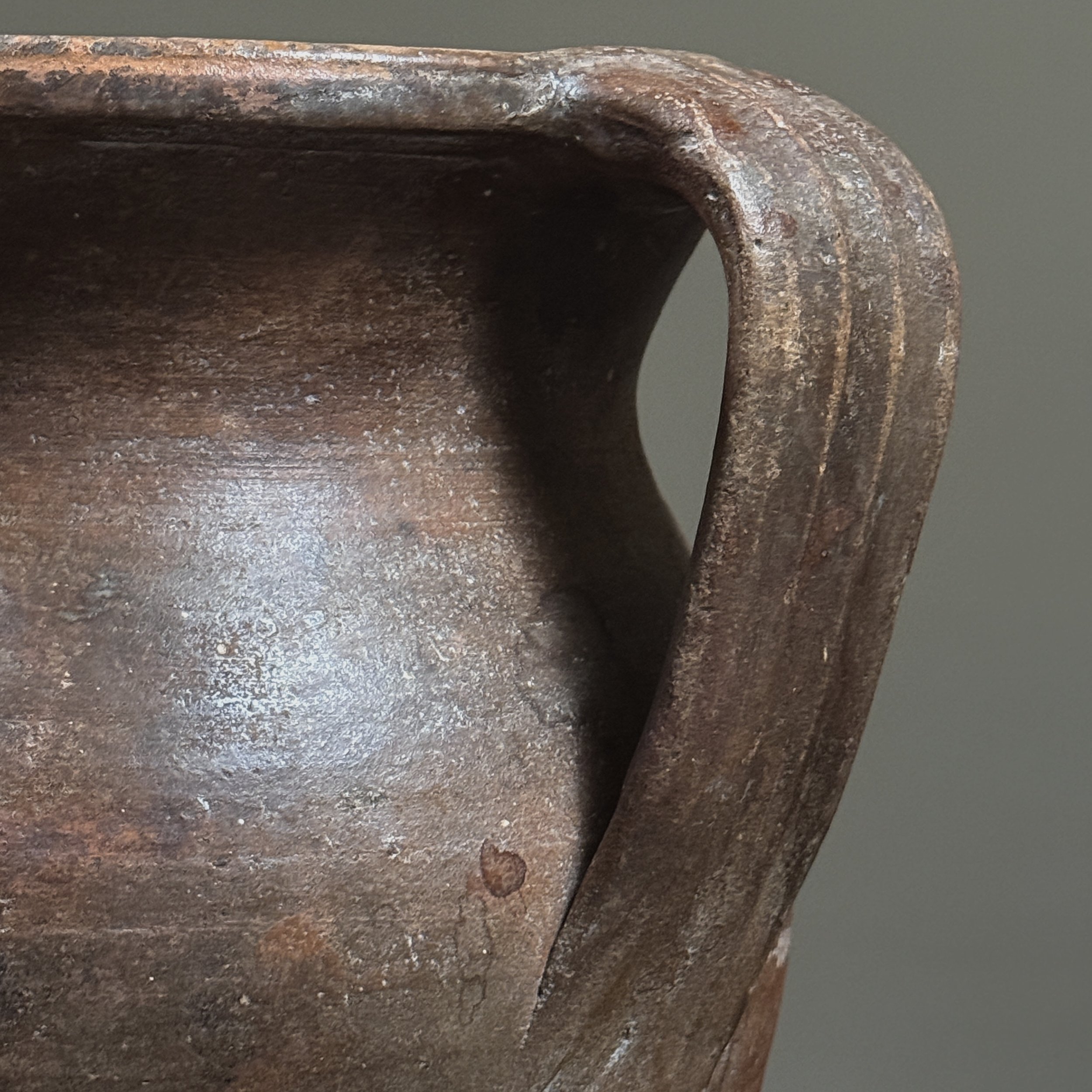 Image 9 of 11
Image 9 of 11

 Image 10 of 11
Image 10 of 11

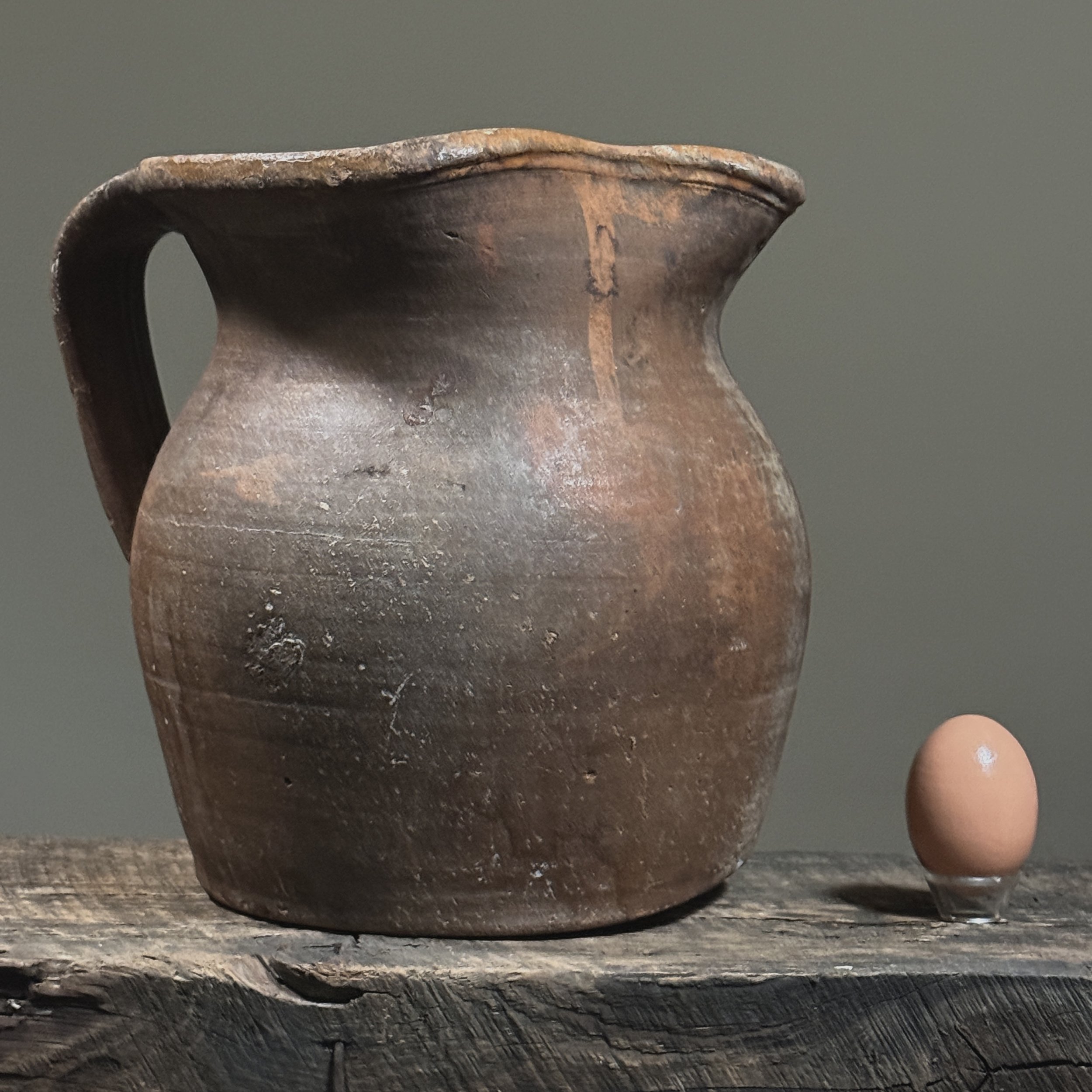 Image 11 of 11
Image 11 of 11












19th Century Portuguese Redware Pitcher from Vidigueira
19th Century Portuguese Redware Pitcher from Vidigueira
This 19th-century Portuguese redware pitcher exemplifies the utilitarian yet aesthetically refined earthenware traditions of the Alentejo region. Originating from Vidigueira—a historic center of ceramic production—the pitcher’s matte terracotta surface, unglazed exterior, and interior glaze reflect the balance of functionality and regional craftsmanship. Its form suggests use as an azeiteiro (olive oil vessel) or water pitcher, with the characteristic spout facilitating controlled pouring. The warm, earthy tones and natural patina—including concentrated staining near the spout—speak to daily use in a domestic or agricultural setting.
Historical Context:
Portuguese redware (barro vermelho) of this period was typically hand-thrown or mold-formed, fired at low temperatures, and often left unglazed except for interiors to maintain porosity for cooling liquids. The Alentejo region, including Vidigueira, was renowned for its iron-rich clay, which yielded the distinctive reddish hue. Such pieces were essential to rural life, used for storing olive oil, wine, or water—commodities central to Portugal’s agrarian economy. By the 19th century, these wares reflected both Moorish influences (seen in their rounded shapes) and the practical demands of Iberian daily life.
Condition:
In stable used condition, with surface wear consistent with age, including minor abrasions and firing imperfections. The interior glaze remains intact, attesting to its functional longevity.
Dimensions: 10.1” H x 10.75” W (25.7 cm H x 27.3 cm W)
Note: This object invites consideration of pre-industrial ceramic traditions and the material culture of Portuguese domestic life. Compare with similar examples in the Museu Nacional de Arte Antiga (Lisbon) and the Museu de Portimão (Algarve).
19th Century Portuguese Redware Pitcher from Vidigueira
This 19th-century Portuguese redware pitcher exemplifies the utilitarian yet aesthetically refined earthenware traditions of the Alentejo region. Originating from Vidigueira—a historic center of ceramic production—the pitcher’s matte terracotta surface, unglazed exterior, and interior glaze reflect the balance of functionality and regional craftsmanship. Its form suggests use as an azeiteiro (olive oil vessel) or water pitcher, with the characteristic spout facilitating controlled pouring. The warm, earthy tones and natural patina—including concentrated staining near the spout—speak to daily use in a domestic or agricultural setting.
Historical Context:
Portuguese redware (barro vermelho) of this period was typically hand-thrown or mold-formed, fired at low temperatures, and often left unglazed except for interiors to maintain porosity for cooling liquids. The Alentejo region, including Vidigueira, was renowned for its iron-rich clay, which yielded the distinctive reddish hue. Such pieces were essential to rural life, used for storing olive oil, wine, or water—commodities central to Portugal’s agrarian economy. By the 19th century, these wares reflected both Moorish influences (seen in their rounded shapes) and the practical demands of Iberian daily life.
Condition:
In stable used condition, with surface wear consistent with age, including minor abrasions and firing imperfections. The interior glaze remains intact, attesting to its functional longevity.
Dimensions: 10.1” H x 10.75” W (25.7 cm H x 27.3 cm W)
Note: This object invites consideration of pre-industrial ceramic traditions and the material culture of Portuguese domestic life. Compare with similar examples in the Museu Nacional de Arte Antiga (Lisbon) and the Museu de Portimão (Algarve).

